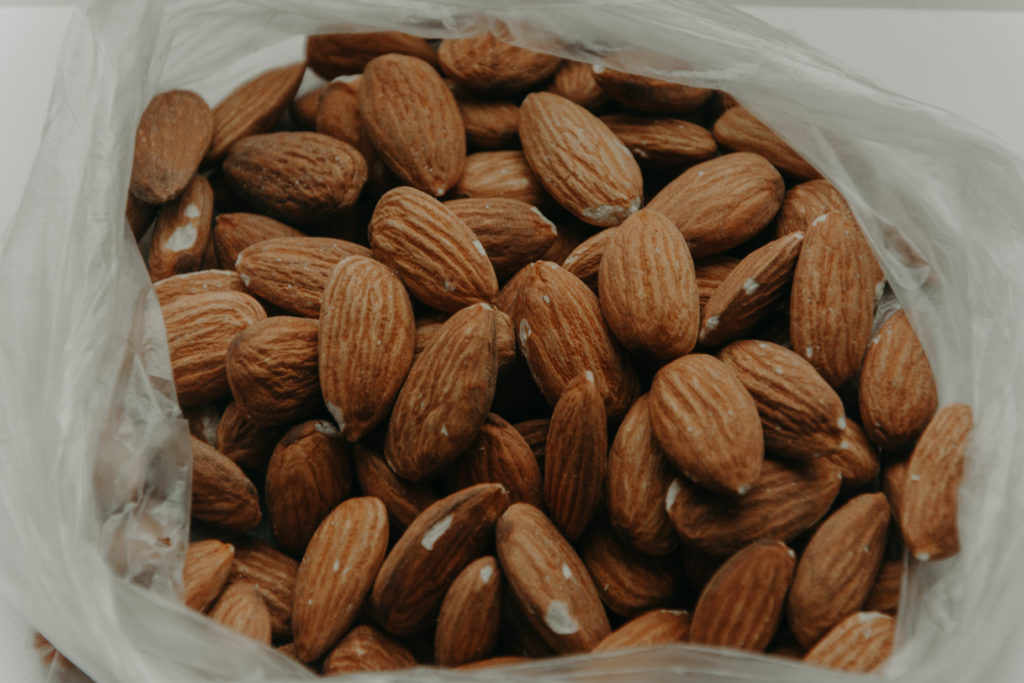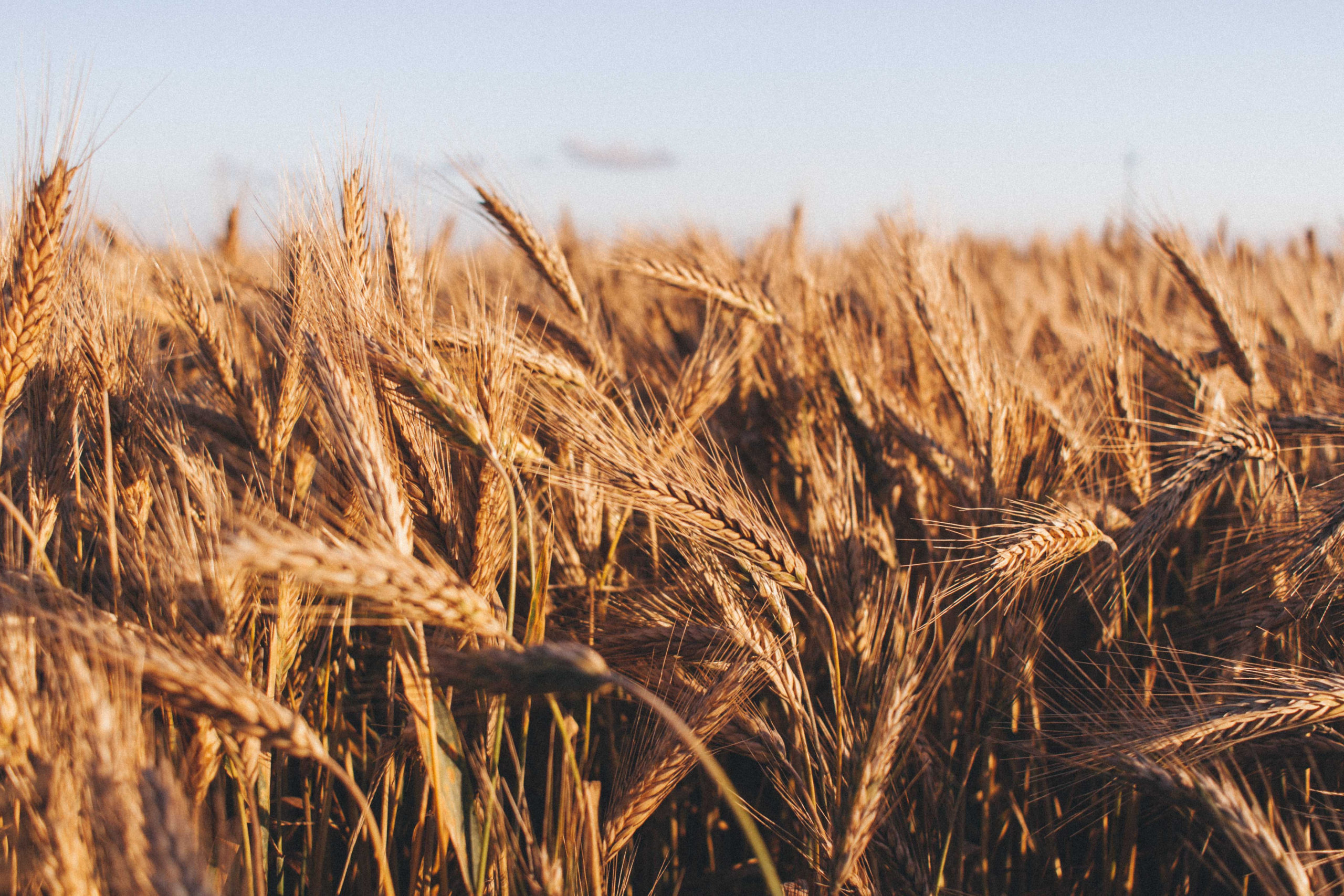Have you ever heard the expression “eat like a bird”? This week I actually heard some birds chirping outside and I just had to smile to think that might be a sign that spring is approaching. In an ode to this, I thought it would be appropriate to dedicate a discussion to a group of foods that fits the “eat like a bird” expression: nuts and seeds. This is the perfect topic to tie together the end of the discussion on fats and segue into a discussion on proteins, because nuts and seeds are excellent sources of both.
Nuts are Healthy Fat Sources
We’ve all heard that nuts are packed with calories and fats. While that is true, that doesn’t need to be a reason to stay away from eating them. Calories consumed from healthy, nutrient dense sources provide our bodies with great energy in a form that is easy for us to use. It is worth noting, however, to keep the portion size in mind to compensate for the caloric rich nature of the nuts. Despite the high amounts of fats in nuts, it is the type of fat that ultimately matters, as we discussed in our previous post. Nuts are rich in heart health unsaturated fats that help to lower the LDL “bad” cholesterol.
Nuts are Great Protein Sources
Ounce for ounce, nuts provide the same amount of protein as meat sources, making them great sources of protein in our diets. It is important to point out, however, that nuts are “incomplete” sources of protein, which means that they do not provide all of the amino acids that our bodies need, like meat sources do. However, this is not a problem when relying on nuts as a protein source, as long as we are conscious of varying our protein sources to get a vast array of amino acids and other important nutrients.
What Type of Nut is Best?
There are numerous types of nuts readily available, and each contains great amounts of healthy fats, proteins, and various other nutrients discussed below. When choosing nuts, look for dry roasted options to avoid excess oils or salt, and choose a type that you enjoy, as the benefits are really so similar between varieties. It is worth noting that peanuts are not technically considered to be nuts, but rather are considered to be legumes, so the benefits we are discussing are unique to nuts such as almonds, walnuts, cashews, and pistachios. Macadamia nuts and pecans are also healthy options, but slightly more calorically dense, so take that into consideration when determining your portion size.
Bonus: Nuts are Excellent Sources of Fiber and Other Nutrients
Nuts provide numerous other health benefits in addition to their healthy fat and protein content.
- They are rich in antioxidants, which is associated with reduced inflammation in the body.
- They provide nutrients that help maintain healthy arteries. Vitamin E helps to reduce the risk for plaque build up in arteries, and the amino acid L-arginine helps keep arterial walls flexible, and also therefore contributes to lowering the risk for plaque formation.
- They are rich in fiber, which aids in satiety to help us feel full longer, so that we ultimately eat less.
Seeds are Healthy Fat Sources
Seeds are extremely nutrient dense, which makes sense if you think of what they are designed to do. They are tiny, power packed pellets from which an entire life form will grow. Seeds are not a commonly used product in a typical diet, so we’re just going to focus on a couple of the more common ones. Flax seeds and chia seeds are terrific sources of omega 3 fatty acids, and sunflower seeds are rich in omega 6 fatty acids. Hemp seeds are extremely rich in both omega 3 and omega 6 fatty acids. Yes, they are from the same plant as cannabis, but contain only trace amounts of the chemical that causes the drug effects (THC). Because omega 3s and omega 6s are considered “short chain” fatty acids, our body cannot produce them and they must be consumed in our diets. It is essential that we ingest foods rich in these fats because they are essential in our metabolism and other biochemical processes, so seeds are a great source available to us.
Health Benefits of Seeds
In addition to their healthy fat content, seeds provide numerous other health benefits.
- Flax and chia seeds have been seen to reduce both cholesterol levels and blood pressure. They are also rich in fiber and help to stabilize blood sugar levels.
- Hemp seeds cause blood vessels to dilate, which also reduces blood pressure.
- Sunflower seeds may help to reduce cholesterol levels, and are also seen to help reduce inflammation in the body.
- Pepitas, or pumpkin seeds, are rich in magnesium and zinc, as well as antioxidants.
Nuts and Seeds in our Diets
Nuts are seeds are not typically staples in a traditional American diet, so we need to consider some creativity when finding ways to work with them. If you have any favorite ways that you like to incorporate nuts and seeds in to your diet, please leave them in the comments!
- Nuts are a heart healthy snack: opt for a handful of nuts when you are in the mood for something salty and crunchy. Look for dry roasted options that do not have added oils or salts.
- Swap flax or chia seeds for eggs in baking. This is a great tip amongst vegans or those dealing with egg allergies or intolerances, and can be easily incorporated into most recipes.
- Expand your consumption of nut butters to get the benefits from a variety of nut sources. An even more adventurous option is to try sunflower seed butter, or sun butter. This is a great option for anyone with peanut or tree nut allergies who may be limited by those options. Spread almond, cashew, or any other nut butter on whole grain bread for a great quick breakfast or snack.
- Start your day with chia seed pudding as a easy prep-ahead breakfast option. Try our recipe here!
- Add flax seeds or chia seeds to smoothies or smoothie bowls to get the health benefits without really even noticing it!
- Consider nut flours for baking. Almond flour is probably the most common nut flour for baking, but there are options available from macadamia flour to hazelnut flour. Try this recipe for a delicious chocolate banana almond bread, which uses almond flour as the base!
For ways to incorporate nuts and seeds into more main-course type meals, check out this week’s meal plan below. There are some really cool ideas, so I’m excited for this one. We were so excited to work with Dominique from the Perchance to Cook blog to come up with some great recipes. A number of her recipes are paleo or paleo friendly, which is great for this discussion because the paleo diet does a great job of incorporating nuts. We’d love your feedback in the comments. What do you think of these ideas for nuts and seeds in main course dishes?
Day 1: Breakfast (brunch?) for dinner! Carrot, Broccoli, Pine Nut and Goat Cheese Quiche
Day 2: Serve Spicy Turkey Burgers with Blueberry Chia Seed Coleslaw
Day 3: Green Pepper and Almond Pesto Zoodles and Chicken
Day 4: Walnut Encrusted Salmon, served with Spicy Sweet Potato Fries
Day 5: Zucchini Pasta With Cashew Butter Alfredo



